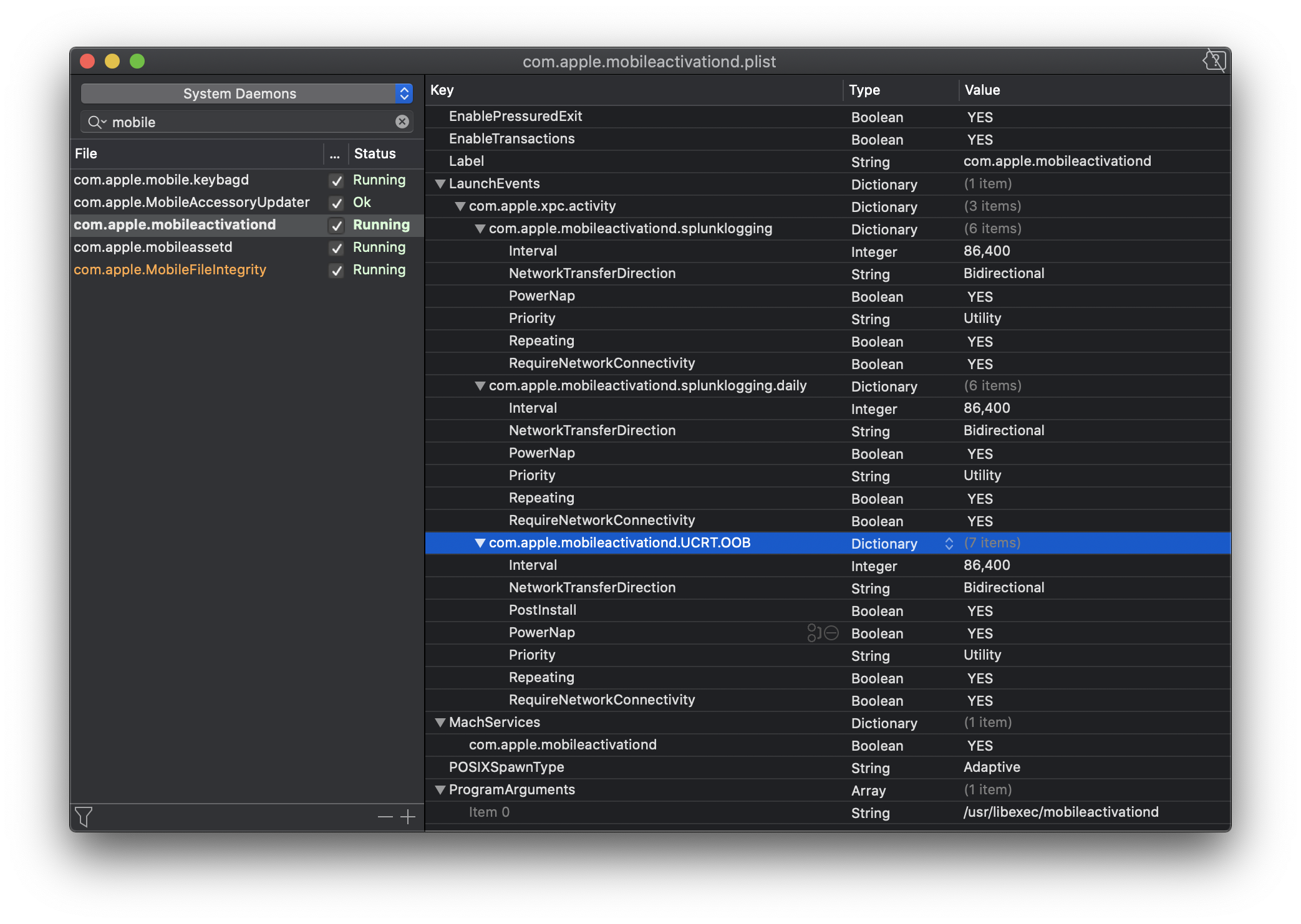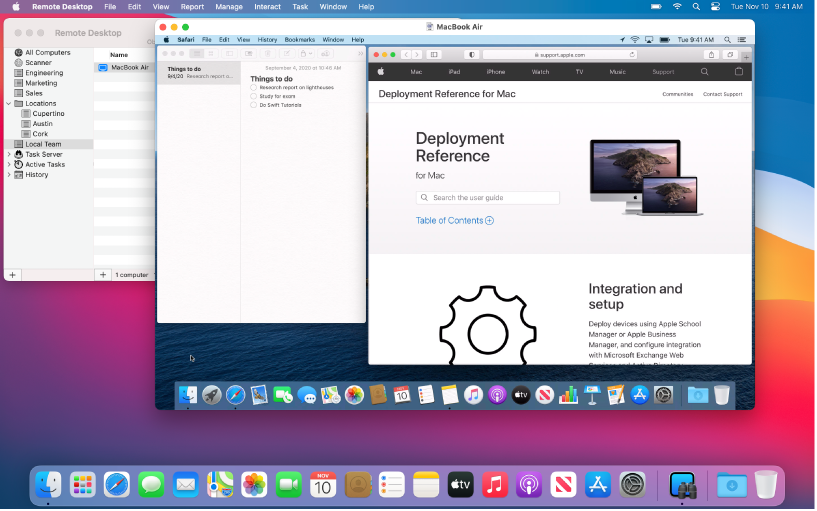

It should be noted that this service is disabled by default, and must be explicitly enabled by a Mac user with administrative privileges. Making use of the ASERT Virtual Lab, we were able to determine that on Apple macOS, enabling Remote Management under macOS System Preferences/ Sharing caused Mac computers to listen on UDP/3283, even if Apple’s Firewall service under System Preferences/Security & Privacy was enabled! Some time ago, Apple separated ordinary screen-sharing from more comprehensive remote administration capabilities, so ARMS should only be enabled when Macs are being actively administered via a management framework such as ARD.
#APPLE REMOTE MANAGEMENT SOFTWARE#
While ARD was most popularly identified with the ability to perform screen-sharing, over the years it has evolved into a more fully-featured system management application, allowing the remote installation of software updates, remote logging, etc.īased on available online documentation, it appears that Apple’s Remote Management service (ARMS) listens on that port for management console commands and queries. Our initial investigation revealed a surprising piece of information: UDP/3283 was most closely associated with the Apple Remote Desktop (ARD) application and related management service used to remotely manage fleets of Apple Macs, primarily in enterprises and universities. Once we had a thorough understanding of the attack characteristics, we turned our attention to identifying the application or service being abused in order to generate these attacks. And based on the attack classification information contained in relevant Sightline DDoS Misuse alerts, network operators were able to instantaneously make use of Arbor TMS to mitigate the attacks as they first appeared on production networks.

While throughput, or packets-per-second (pps), is often the most significant metric in direct-flooding DDoS attacks such as SYN-floods, bandwidth, or bits-per-second (bps), is the primary metric for most (not all) reflection/amplification attacks.Įven though this was a previously-unknown DDoS attack vector, Sightline was able to detect, classify, and traceback these ‘minute-0’ DDoS attacks due to its use of network-wide flow telemetry in order to perform real-time anomaly detection. Looking at relevant DDoS Misuse alerts in Arbor Sightline deployments, it became apparent that attackers could induce the reflectors/amplifiers to target any destination port of their choosing, and that observed attacks were peaking in the ~75gb/sec range, with a throughput of ~11mpps. We’ve observed this behavior in some other abusable UDP reflectors/amplifiers such as misconfigured Network Time Protocol (ntp) servers.

Whichever application or service was being abused, it apparently performed application-layer message segmentation, as no non-initial UDP fragments were present. Initial investigations revealed that the abused reflectors/amplifiers were generating two attack-traffic packets for every single spoofed stimulus packet - the initial packet was 32 bytes in length, and the second packet was 1034 bytes in length – attaining a respectable amplification ration of 35.5:1. Late last week, we were made aware that network operators were seeing a sudden surge of attacks in the 70gb/sec range, sourced from UDP/3283. And when attackers initially identify a service or application which can be abused to indirectly reflect attack traffic to the intended target, while at the same time providing an amplification factor (i.e., the attackers can induce the abusable service or application to generate more network traffic than the amount required to stimulate the spoofed ‘responses’ to the target), they tend to move quickly to utilize it in attacks and to weaponize it for inclusion in DDoS-for-hire ‘booter/stresser’ services. One of the ground truths of distributed denial-of-service (DDoS) defense is that literally any kind of packet can be utilized to launch an attack against a host, service, application, or network. Recommended DDoS Defense and Best Current Practices (BCPs) for ARMS.The surprising nature of the abusable reflectors/amplifiers.A new UDP reflection/amplification DDoS vector is observed in the wild.


 0 kommentar(er)
0 kommentar(er)
